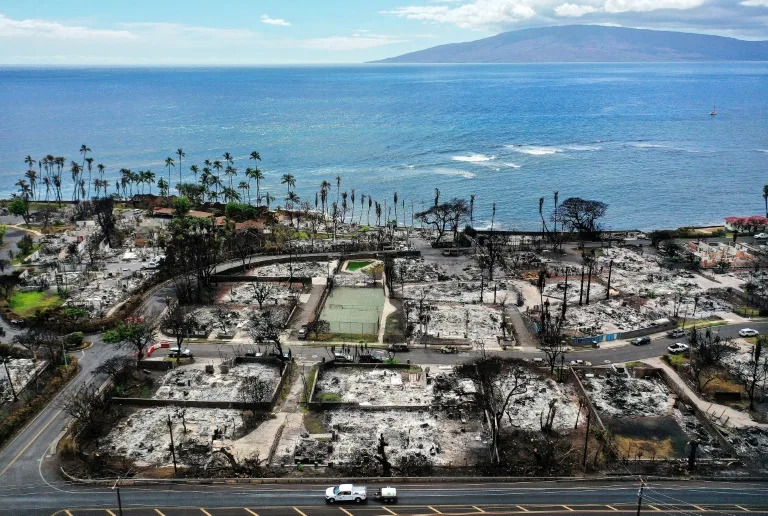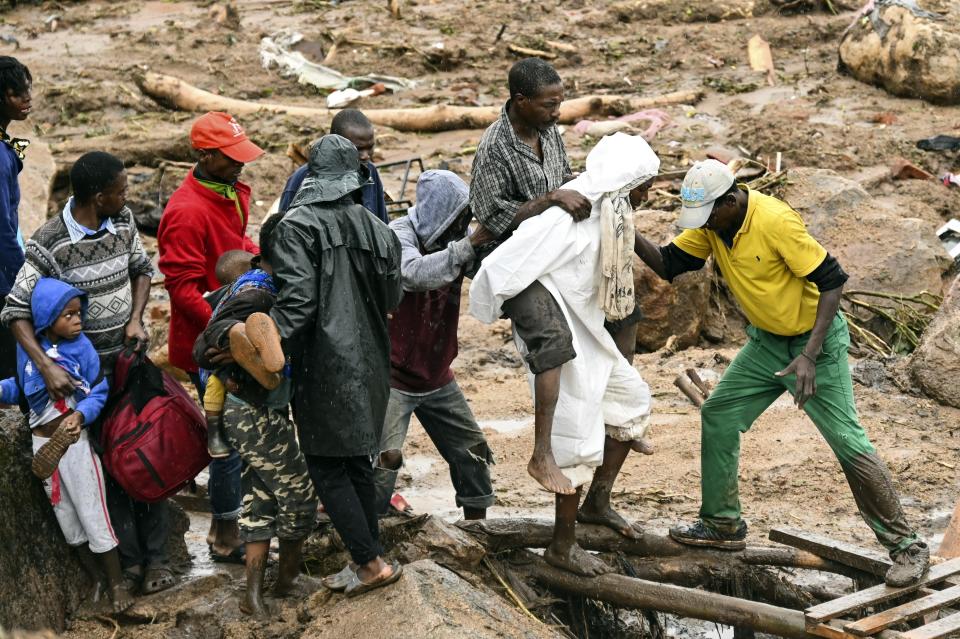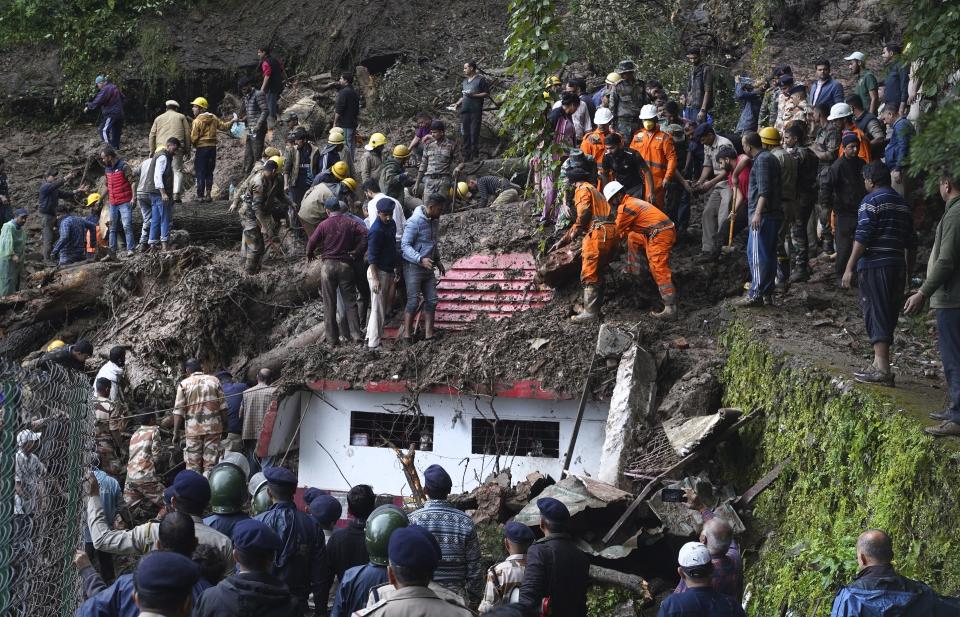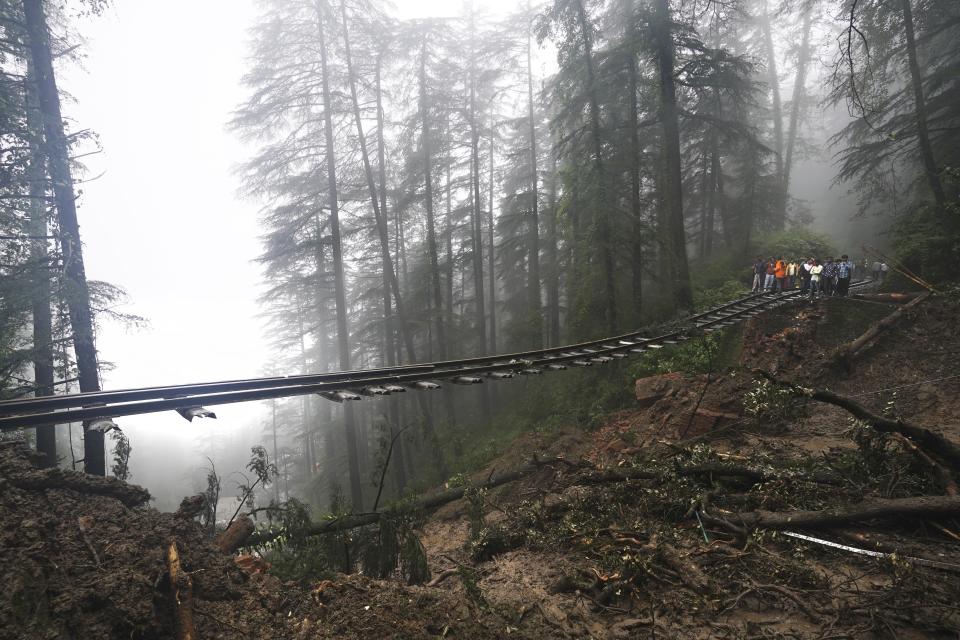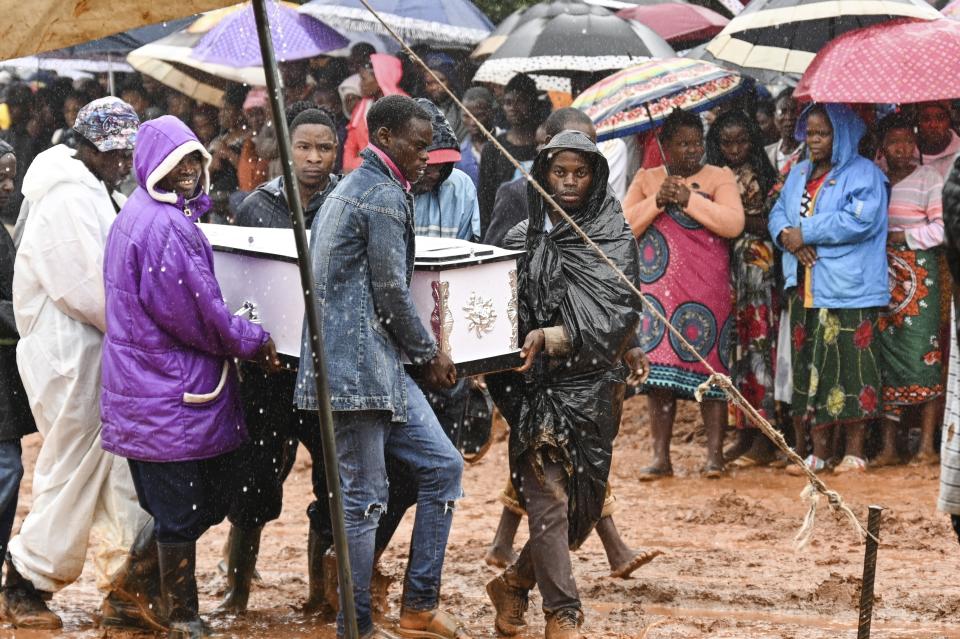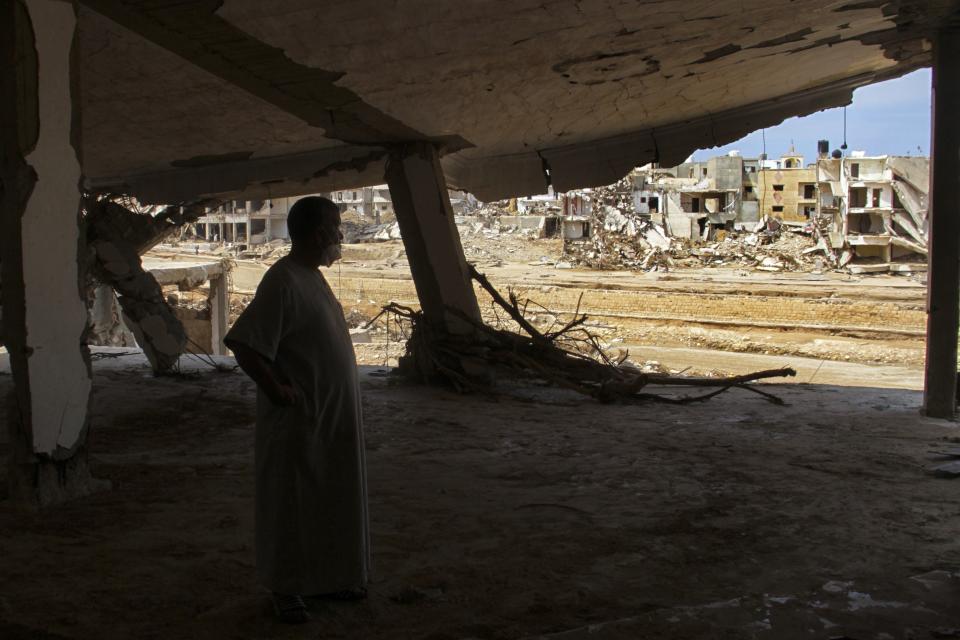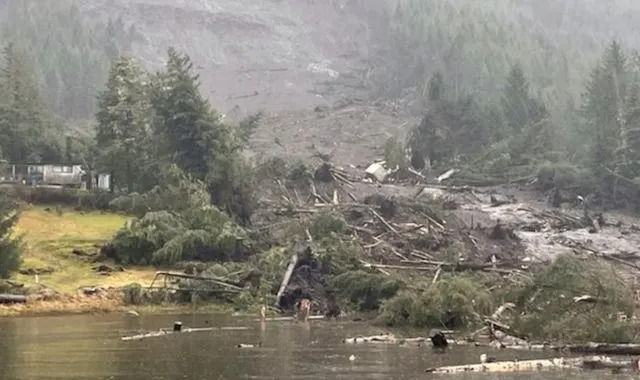Papua rebels hold guns to hostage pilot’s head in alarming new video
Nicola Smith
Tue, November 21, 2023

Papua rebels point their guns at hostage Phillip Mehrtens, whom they have held captive since February
New Zealand is investigating alarming footage of a pilot who has been held hostage by separatist rebels in the Indonesian region of Papua for the past 10 months.
Phillip Mehrtens, 37, was kidnapped in February by the West Papua Liberation Army (TPNPB) fighters after landing his Susi Air single-engine plane on a remote airstrip in the mountainous province of Nduga.
In the 48-second clip, which is circulating on social media, the New Zealander is seen sitting in a grassy field, surrounded by a circle of men pointing their automatic weapons at him.
The leader of the group turns his gun directly towards the pilot’s head while speaking to the camera.
Threat to kill in two months
The video comes with the message that Mr Mehrtens will be shot dead within two months if the rebels’ demands are not met. The group has previously insisted it will only release him when Papua gains self-rule.
New Zealand’s foreign ministry said it was aware of the video, though did not provide any further information concerning the footage, including when or where it was filmed.
It added that efforts to secure the pilot’s release were ongoing, including working closely with Indonesian authorities and deploying consular staff to do so.
The pilot’s safety and wellbeing remained the top priority, and his family were being supported, the ministry said.
Six Indonesian troops killed in April
In April, at least six Indonesian troops were killed after separatist gunmen attacked a unit searching for the pilot.
The resource-rich Papua region was formerly a Dutch colony that was incorporated into Indonesia after a widely criticised United Nations-backed referendum in 1969.
It has maintained a low-level battle for independence ever since, but the conflict has escalated significantly since 2018, with pro-independence fighters mounting deadlier and more frequent attacks.
The TPNPB has been pushing for independence for decades, and said it targeted Mr Mehrtens because of New Zealand’s co-operation with Indonesia.
The kidnapping of the pilot was the second abduction that independence fighters have carried out since 1996, when the rebels abducted 26 members of a World Wildlife Fund research mission in Mapenduma.
Two Indonesians in that group were killed by their abductors, but the remaining hostages were eventually freed within five months.

